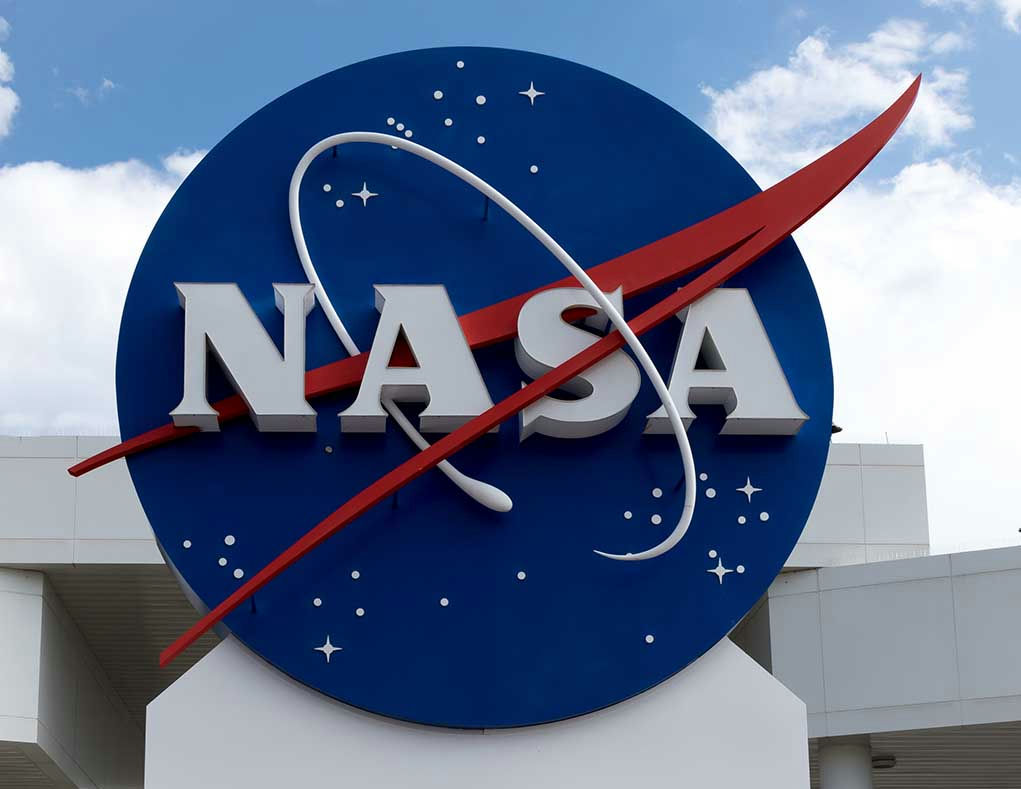Harvard’s Avi Loeb suggests 3I/ATLAS might be an extraterrestrial probe, sparking debate about its origins.
Unusual Characteristics of 3I/ATLAS
In July 2025, the discovery of the interstellar object 3I/ATLAS intrigued scientists worldwide. Unlike typical comets, 3I/ATLAS showcased a sunward “anti-tail,” a rare phenomenon that initially puzzled researchers. The anti-tail later transitioned into a more common orientation, yet the object’s rhythmic blinking and peculiar composition continue to spark interest and debate.
Observations have shown that 3I/ATLAS emits a plume containing nickel, but no iron, an anomaly that diverges from known natural cometary compositions. Such findings have led to theories suggesting the presence of industrial alloys. High-resolution images reveal geometric formations, prompting discussions about a possible artificial origin for the object.
Speculative Theories and Scientific Caution
While some scientists maintain that 3I/ATLAS could be a natural comet with an exotic chemical makeup, Harvard astrophysicist Avi Loeb has suggested a more provocative theory. He believes the object could be an alien probe or mothership, citing its peculiar behavior and composition as evidence. Despite these speculations, the scientific community approaches the data with caution, stressing the importance of further research and peer-reviewed studies.
Space agencies like NASA, alongside global observatories, continue to monitor 3I/ATLAS using advanced instruments, including the Hubble and James Webb Space Telescopes. As of now, no confirmed non-natural explanations have been announced, and the object remains under intense scrutiny.
Ongoing Observations and Public Interest
The mysterious nature of 3I/ATLAS has captured the public’s imagination, fueling discussions about extraterrestrial life and technological artifacts. The self-illumination pattern observed, which sees the object glowing at its front, has further intrigued both scientists and the general public. As data continues to be collected, the scientific community remains open to various hypotheses while prioritizing natural explanations.
Without definitive answers, the story of 3I/ATLAS serves as a compelling reminder of the universe’s vast unknowns and humanity’s quest to explore them. The object stands as both a scientific challenge and a source of fascination, highlighting the importance of continued observation and analysis.

